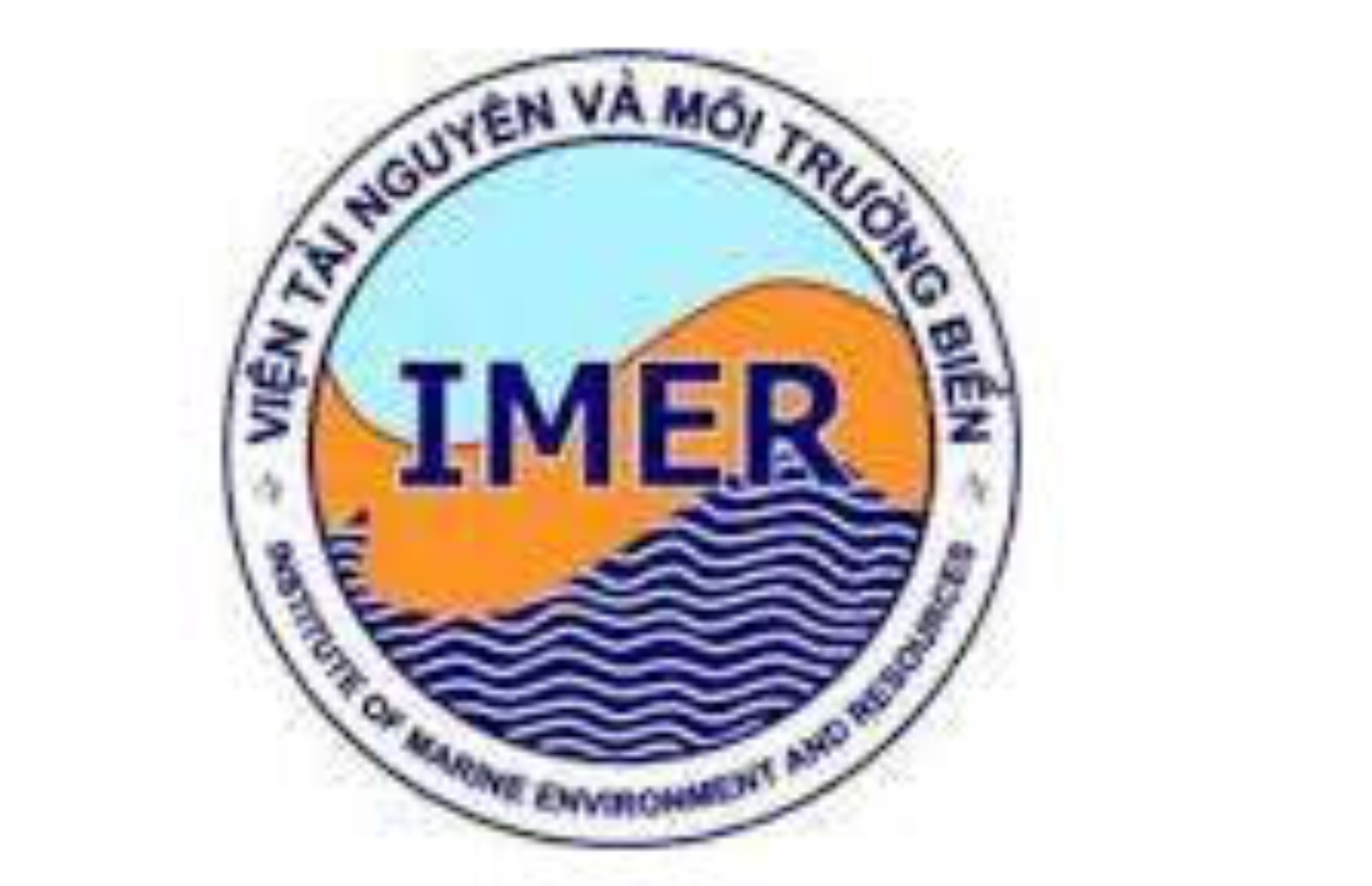Nonequidistant two-dimensional antenna arrays are based on Latin squares for registration of cosmic, atmospheric and lithospheric radiation
Author affiliations
DOI:
https://doi.org/10.15625/1859-3097/17/4B/12987Keywords:
Latin squares, non-equidistant antenna arrays, spatial frequency coverage, lithospheric and atmospheric radiation.Abstract
The possibility of using Latin squares for constructing two-dimensional non-equidistant antenna arrays that can be used for development of radio telescopes and systems for remote sensing of atmospheric and lithospheric radiation has been shown. An algorithm for calculating the coordinates of elements of a non-equidistant antenna array using the values of elements of Latin squares is proposed. It is shown that in this case, it is possible to obtain an almost complete coverage of the grid of spatial frequencies in the region of the arrangement of the elements at small filling coefficients of array. Directional patterns are studied and the side lobes levels are estimated for non-equidistant antennas obtained on the basis of Latin squares. The possibility of synthesizing of large antenna arrays on the basis of composite squares using the embedding of generative Latin squares is shown. The characteristics of the obtained arrays are studied. It is shown that using the shifts and mutual rotations of individual layers is involved in the synthesized array; its characteristics can be substantially improved.Downloads
Metrics
References
Shifrin, Y. S., 1970. Questions of the statistical theory of antennas. Moscow: Sov. Radio., 383 p.
Sodin, L. G., 1966. Statistical analysis of nonequidistant linear antenna arrays (Statistical parameters of linear antenna arrays after removal of emitters). Radio Engineering and Electronic Physics, 11, 1715-1720.
Leeper, D. G., 1978. Thinned aperiodic antenna arrays with improved peak sidelobe level control. U.S. Patent No. 4,071,848. Washington, DC: U.S. Patent and Trademark Office.
Kopilovich, L. E., and Sodin, L. G., 2001. Linear Non-Equidistant Antenna Arrays. In Multielement System Design in Astronomy and Radio Science (pp. 77-96). Springer, Dordrecht.
Kopilovich, L. Ye., 2014. The non-redundant configurations of elements on square and hexagonal lattices of large dimensions. Radiophysics and Electronics, 5(19), 80-84.
Kopilovich, L. E., and Sodin, L. G., 2001. Multielement System Design in Astronomy and Radio Science (Vol. 268). Springer Science & Business Media.
Lutsenko, V. I., 2015. Using the properties of magic squares for aperture synthesis. The 8th International Conference on Acousto-optical and Radar Methods of Measurement and Information Processing 20, September 23, 2015, Suzdal, Russia Materials of the 8th International Scientific and Technical Conference. Russian National Technical University. A.S. Popova. Suzdal. Russia. Pp. 215-219.
Lutsenko, V. I., Popov, I. V., Lutsenko, I. V., Yiyang, L., and Mazurenko, A. V., 2016. Nonequidistant two-dimensional antenna arrays are based on magic squares. In Physics and Engineering of Microwaves, Millimeter and Submillimeter Waves (MSMW), 2016 9th International Kharkiv Symposium on (pp. 1-4). IEEE.









